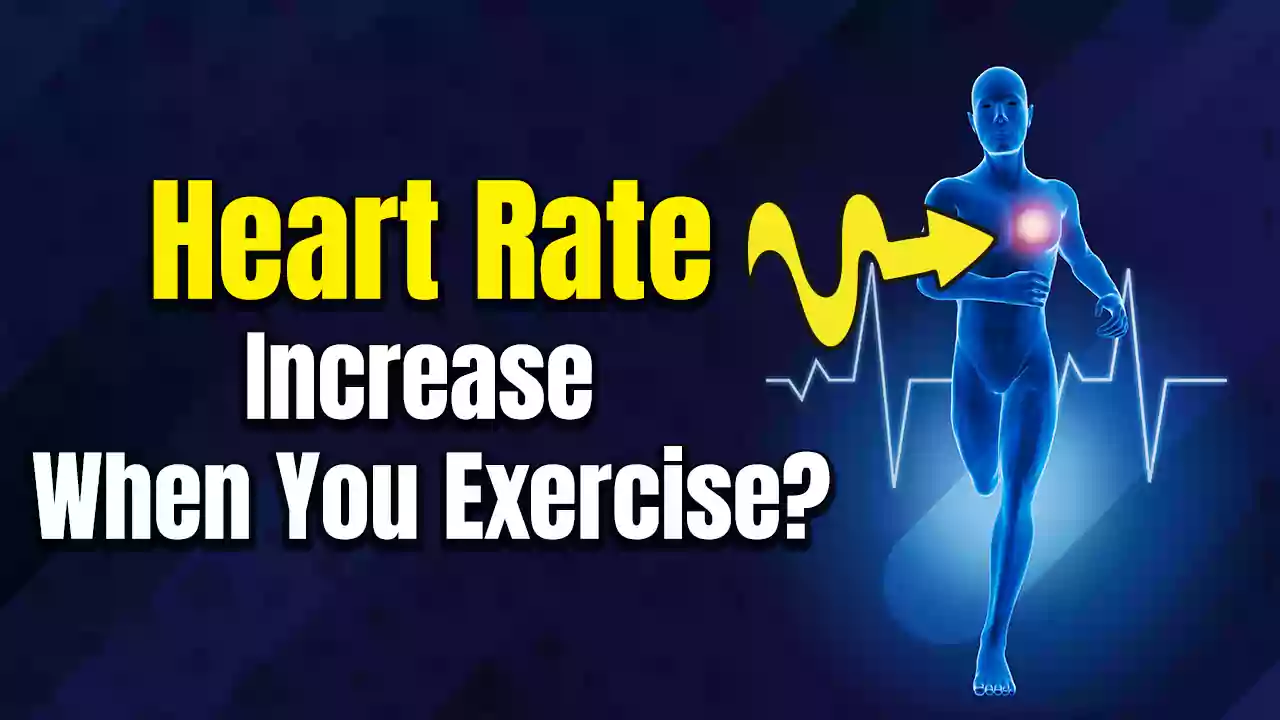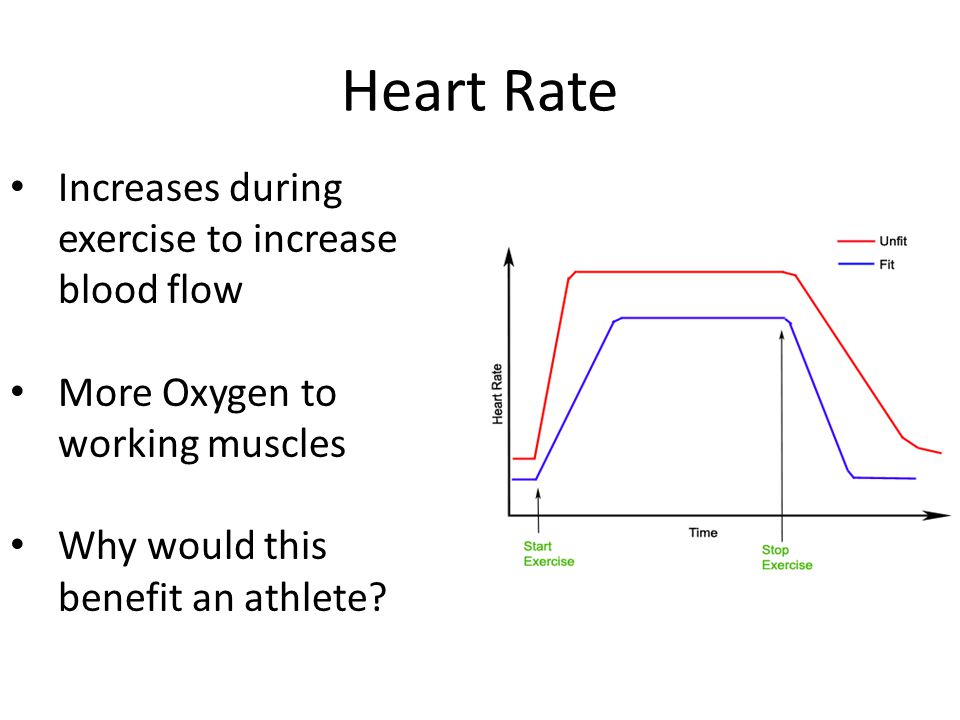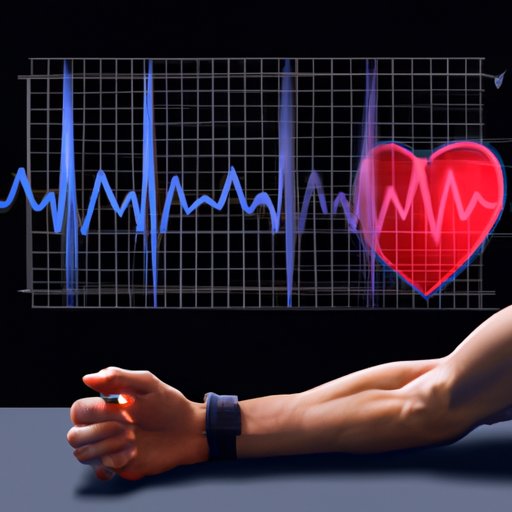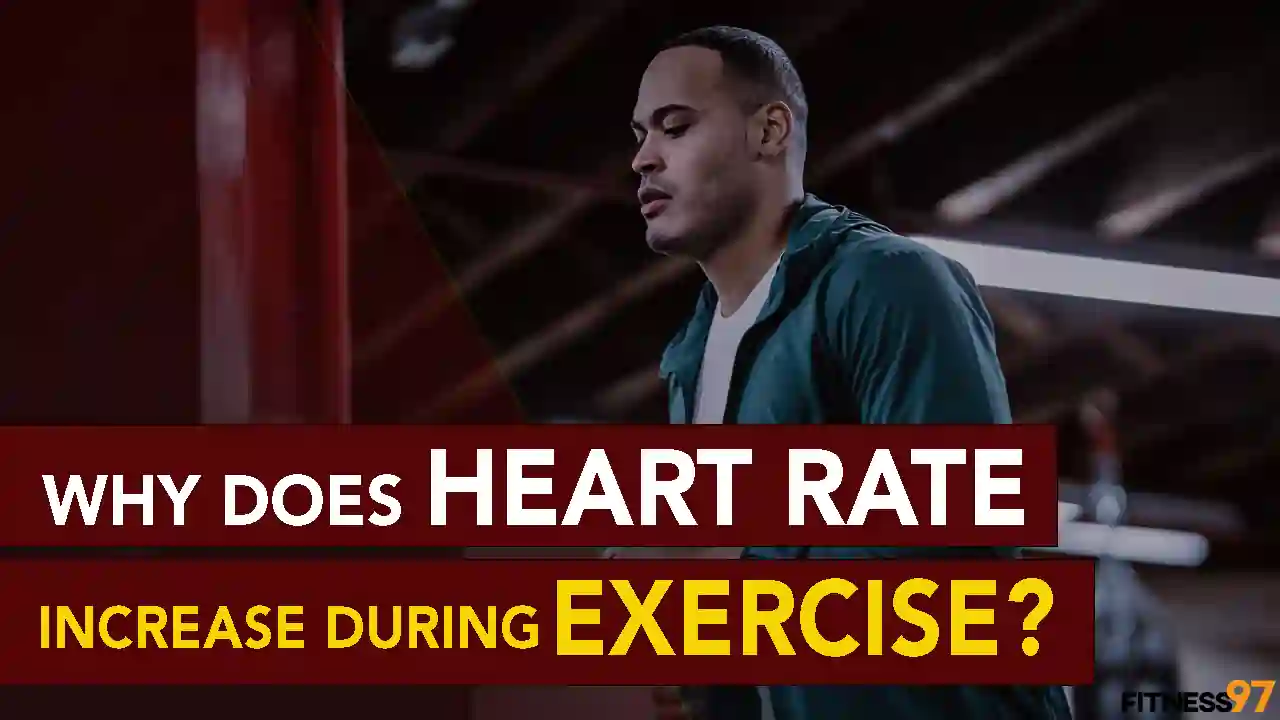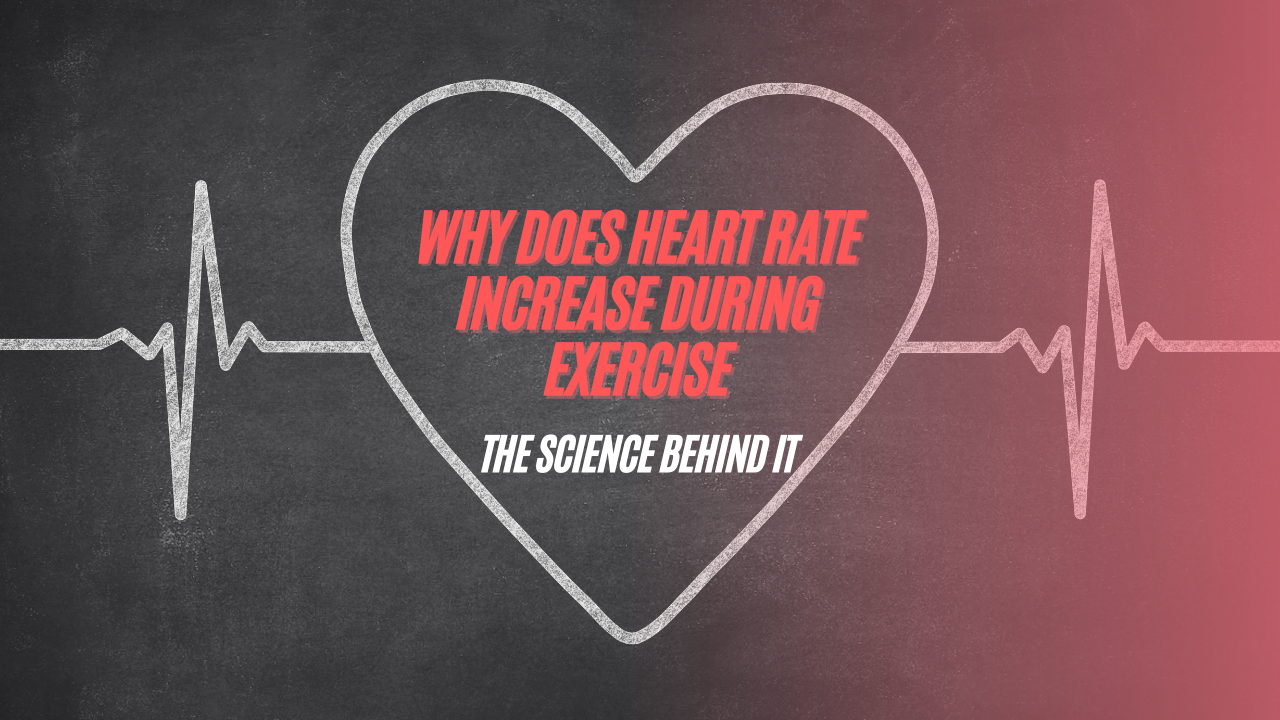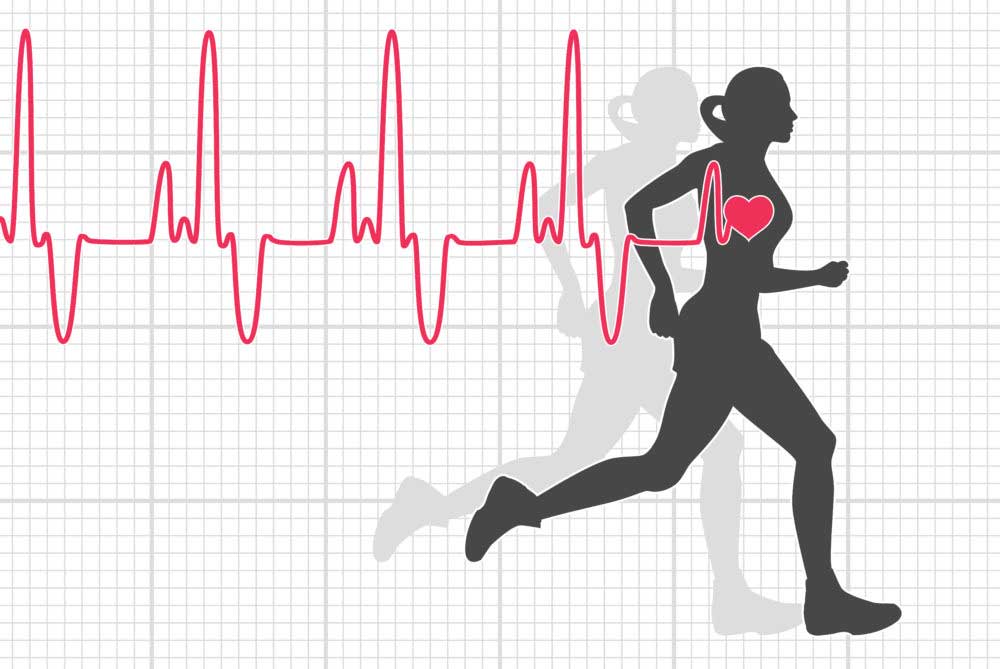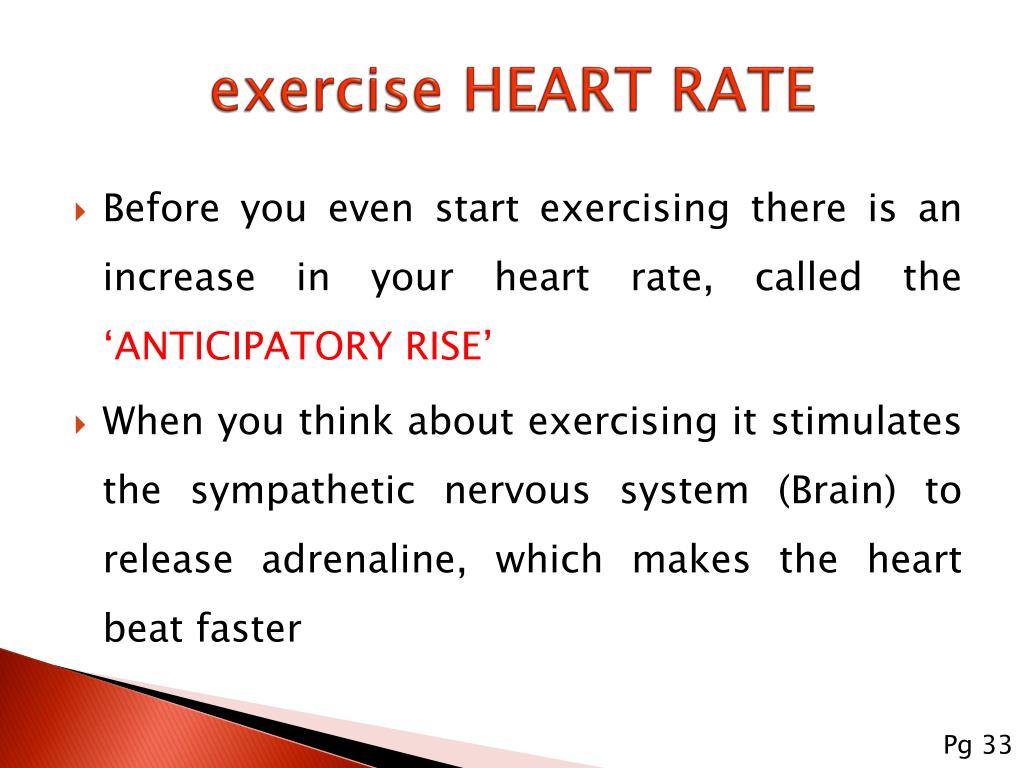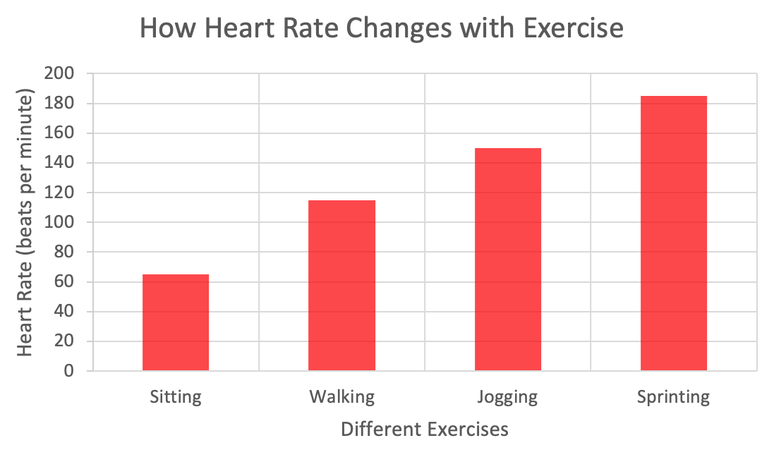Why Does Increased Heart Rate Accompany Exercise
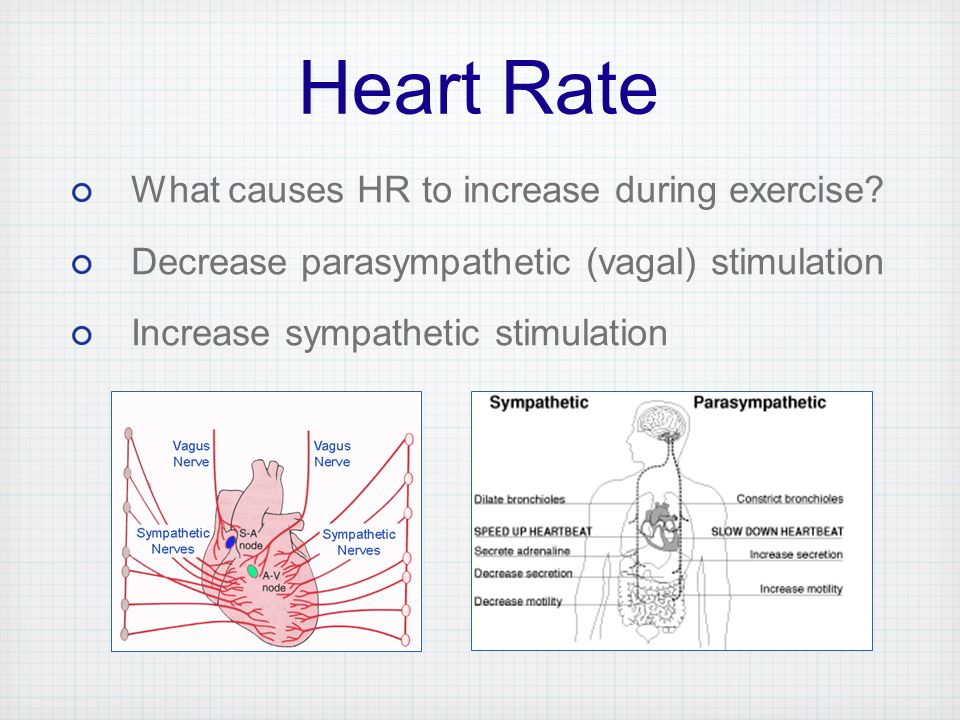
The pounding in your chest, the quickened pace of your pulse – these are the familiar physiological hallmarks of exercise. While seemingly straightforward, the reason behind this surge in heart rate is a complex interplay of bodily systems striving to meet the increased demands placed upon them.
Understanding the mechanisms driving this cardiovascular response is crucial for optimizing workout routines, managing underlying health conditions, and appreciating the remarkable adaptability of the human body. What exactly causes your heart rate to climb during exercise, and what factors influence its magnitude?
This article delves into the science behind increased heart rate during exercise, exploring the underlying physiological processes, hormonal influences, and individual variations that contribute to this fundamental aspect of physical activity. We will examine the role of the nervous system, the importance of oxygen delivery, and the long-term effects of exercise on cardiovascular health.
The Cardiovascular System's Response to Exercise
At its core, the increase in heart rate during exercise is driven by the body's need for more oxygen and nutrients in working muscles. Active muscles require a substantial increase in energy production to sustain their activity, which is largely fueled by oxygen. To meet this demand, the cardiovascular system ramps up its activity.
The heart, acting as a central pump, must circulate blood more rapidly to deliver oxygen and remove metabolic waste products like carbon dioxide and lactic acid. This is achieved by both increasing the heart rate (the number of times the heart beats per minute) and the stroke volume (the amount of blood ejected with each heartbeat).
According to the American Heart Association, a normal resting heart rate typically ranges from 60 to 100 beats per minute. During intense exercise, this rate can easily climb to 150 bpm or higher, depending on age, fitness level, and the intensity of the activity.
The Role of the Nervous System and Hormones
The nervous system plays a critical role in regulating heart rate during exercise. The sympathetic nervous system, responsible for the "fight or flight" response, is activated, releasing neurotransmitters like norepinephrine (noradrenaline).
Norepinephrine binds to receptors on the heart muscle cells, increasing the rate and force of contractions. Simultaneously, the parasympathetic nervous system, which normally slows down heart rate, is inhibited, further contributing to the acceleration.
Hormones also play a significant role. Epinephrine (adrenaline), released from the adrenal glands, has similar effects to norepinephrine, boosting heart rate and blood pressure. These hormonal and neural signals work in concert to prepare the body for sustained physical exertion.
Oxygen Delivery and Metabolic Demands
The primary goal of the increased heart rate is to enhance oxygen delivery to the working muscles. Blood carries oxygen bound to hemoglobin in red blood cells. The faster the blood circulates, the more oxygen reaches the tissues.
As muscles contract, they consume oxygen to produce energy through aerobic metabolism. The byproducts of this process, such as carbon dioxide and lactic acid, need to be removed efficiently. Increased blood flow facilitates this removal, preventing the build-up of waste products that can impair muscle function.
When oxygen supply cannot meet the demand (during high-intensity exercise), the body relies more on anaerobic metabolism, which produces lactic acid as a byproduct. This can lead to muscle fatigue and a burning sensation, signaling the need to reduce exercise intensity.
Factors Influencing Heart Rate Response
The heart rate response to exercise is not uniform; it varies significantly between individuals and depends on several factors. Age is a major determinant, as maximum heart rate generally declines with age. A commonly used estimate for maximum heart rate is 220 minus age, although this is just an approximation.
Fitness level also plays a crucial role. Individuals with higher levels of cardiovascular fitness tend to have lower resting heart rates and a smaller increase in heart rate during submaximal exercise. This is because their hearts are more efficient at pumping blood, requiring fewer beats to deliver the same amount of oxygen.
Other factors include genetics, underlying health conditions (such as heart disease or thyroid disorders), medications, and environmental conditions (such as temperature and humidity). Hydration status also influences heart rate, as dehydration can lead to a faster heart rate at a given exercise intensity.
Monitoring Heart Rate During Exercise
Monitoring heart rate during exercise can be a valuable tool for assessing exercise intensity and tracking progress. Heart rate monitors, wearable devices, and fitness trackers provide real-time feedback on heart rate, allowing individuals to stay within their target heart rate zones.
Target heart rate zones are ranges of heart rate that correspond to different levels of exercise intensity. For example, the "fat-burning zone" typically falls between 60% and 70% of maximum heart rate, while the "cardio zone" ranges from 70% to 85%.
However, it's important to note that these zones are generalizations and may not be accurate for everyone. Listening to your body and paying attention to other indicators of exertion, such as breathing rate and perceived effort, is equally important.
Long-Term Cardiovascular Benefits of Exercise
Regular exercise has profound benefits for cardiovascular health. It strengthens the heart muscle, improves blood vessel function, and reduces the risk of heart disease, stroke, and other cardiovascular ailments.
Over time, exercise leads to cardiac adaptations, such as an increase in stroke volume and a decrease in resting heart rate. These adaptations reflect the heart's increased efficiency and ability to meet the body's demands with less effort.
Consistent physical activity also improves cholesterol levels, lowers blood pressure, and helps maintain a healthy weight, all of which contribute to a healthier cardiovascular system.
Future Directions and Research
Research continues to explore the intricate mechanisms underlying the heart rate response to exercise. Scientists are investigating the role of various signaling pathways, genetic factors, and environmental influences in regulating cardiovascular function during physical activity.
Personalized approaches to exercise prescription are gaining momentum, with researchers aiming to tailor exercise programs based on individual characteristics and physiological responses. Advanced technologies, such as wearable sensors and data analytics, are enabling more precise monitoring and optimization of exercise routines.
Understanding the nuances of heart rate response is crucial for developing effective strategies to prevent and manage cardiovascular disease, promote healthy aging, and enhance athletic performance.
Ultimately, the increased heart rate during exercise is a testament to the body's remarkable ability to adapt and respond to physical demands. By understanding the underlying mechanisms and factors that influence this response, individuals can optimize their workouts, monitor their cardiovascular health, and appreciate the profound benefits of regular physical activity. Consult with a healthcare professional before starting any new exercise program, especially if you have underlying health conditions.
